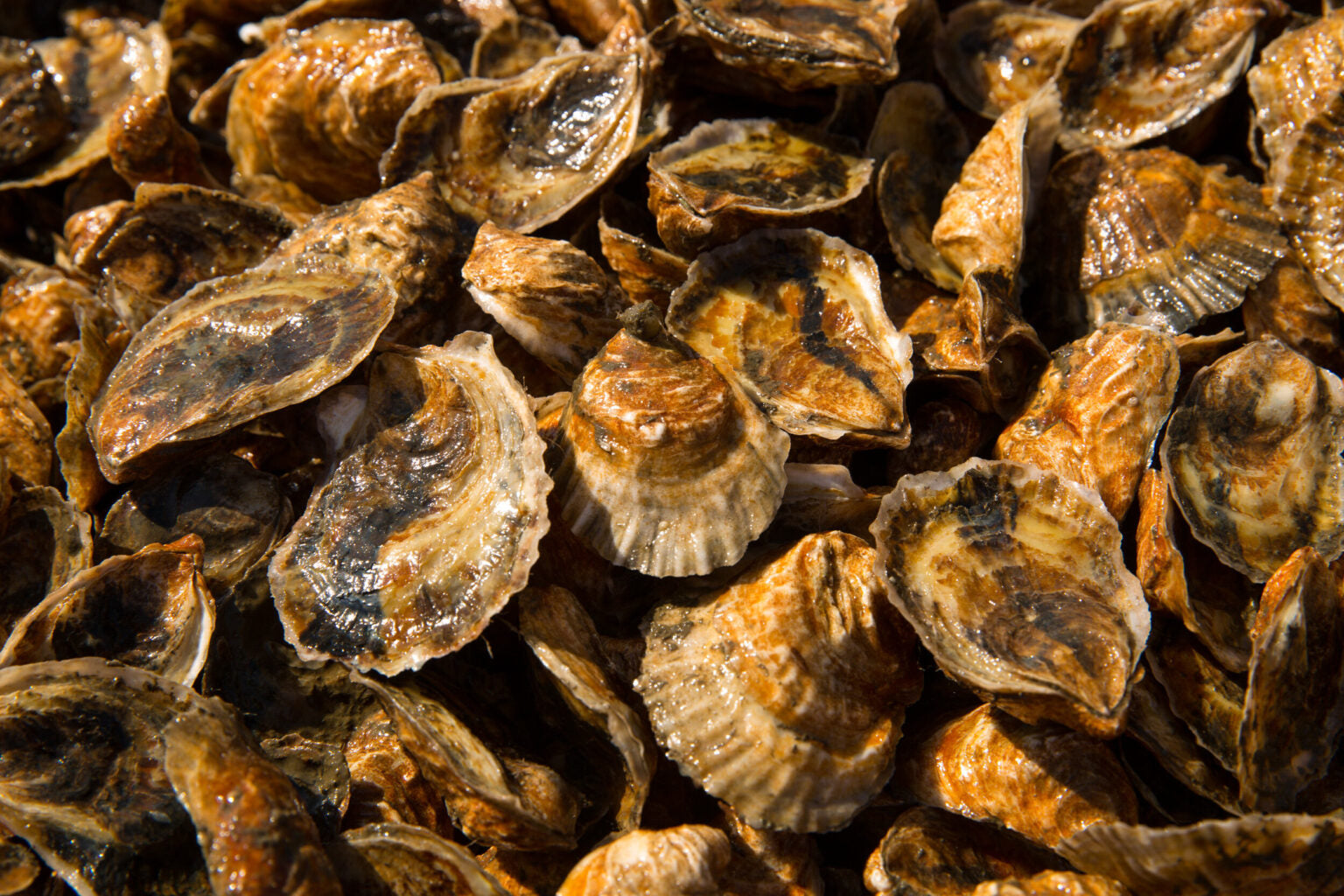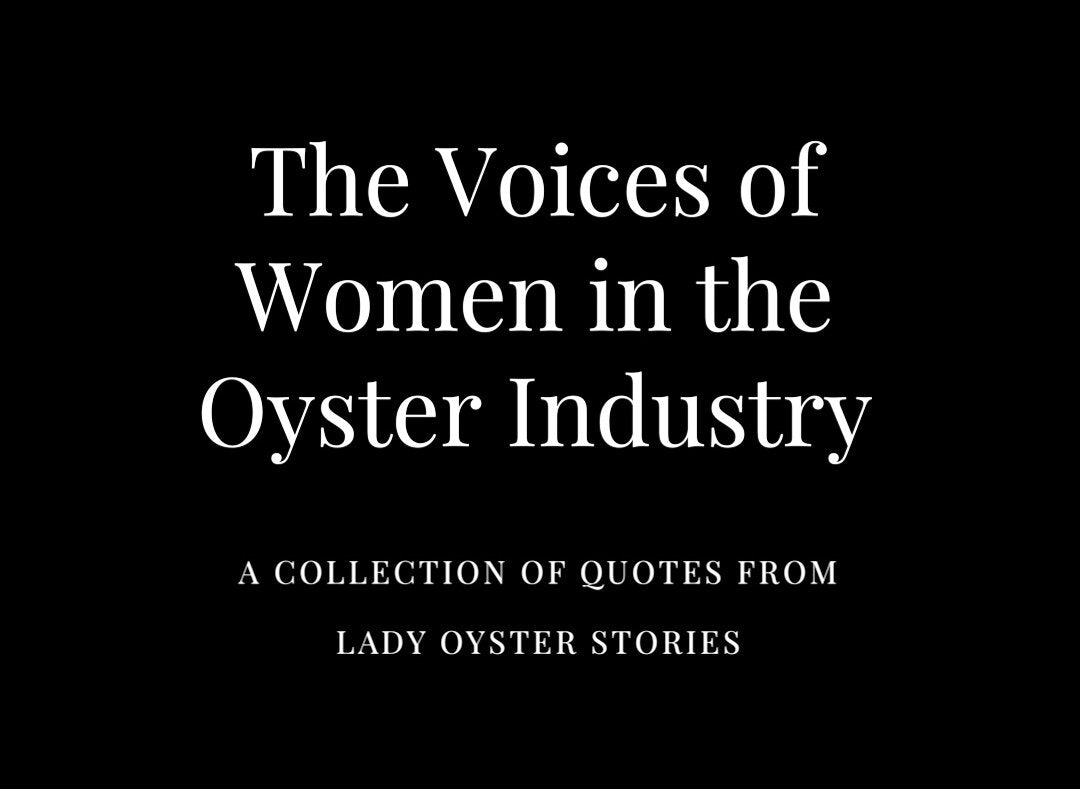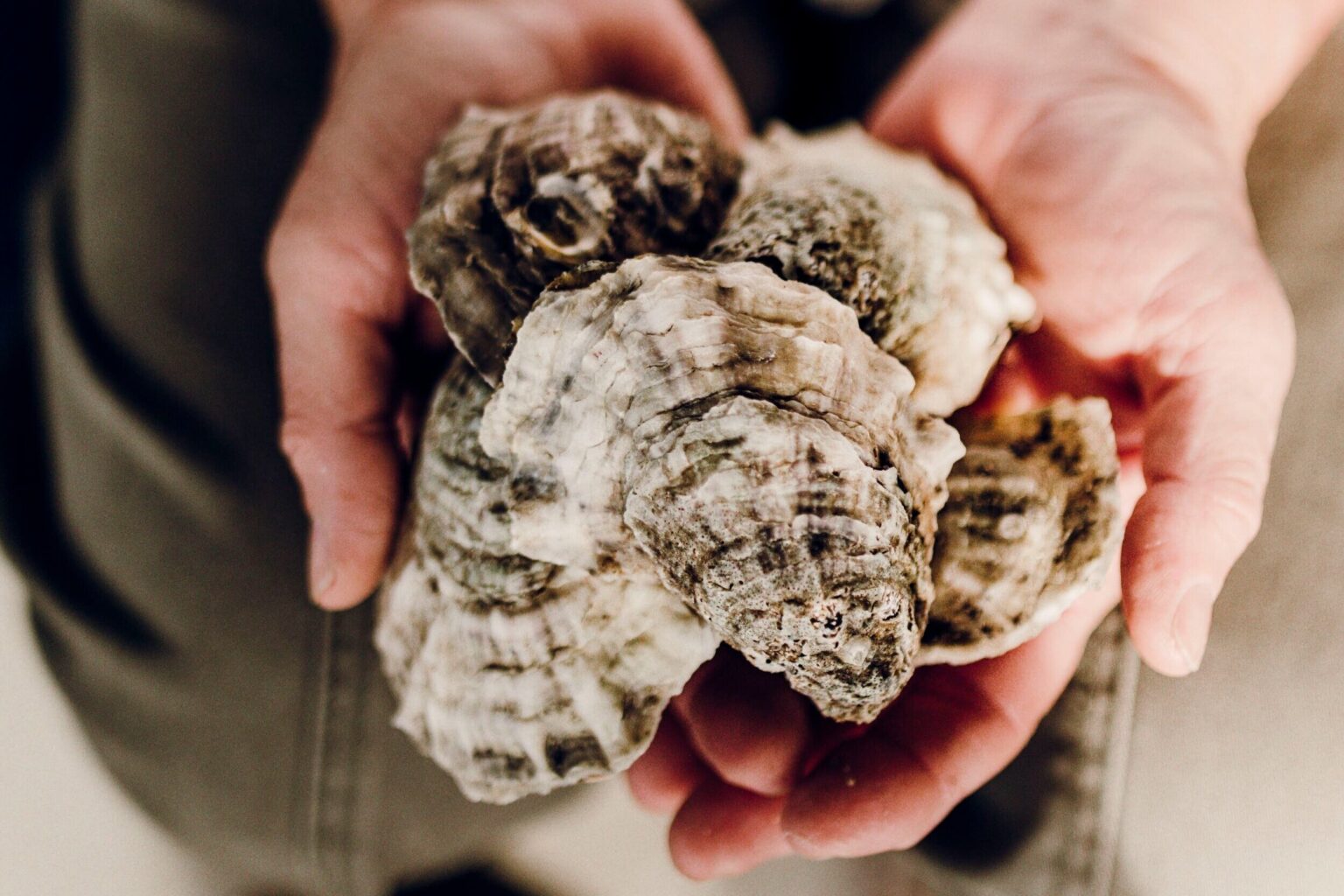The Dollar Value of Shellfish as an Environmental Service

On Earth Day, I’d like to unveil some exciting new research shared with me that shows us just how valuable an environmental resource like shellfish gives back to us, AND I’m doing it in a way that most of us understand: dollars and cents.
We all know by now that each clam or oyster can filter from 40-50 gallons of water per day, which removes elements like excess nitrogen from our waters. This contributes to the overall water quality off our shores, but until now, it hasn’t been easy to quantify the dollar value of that service. Well, now we have answers, thanks to a new study conducted by NOAA Fisheries and Stony Brook University, who actually did the math, with the help of two local shellfish growers, Atlantic Clam Farms and Stella Mar Oyster Co. along with the Greenwich Shellfish Commission.
They found that oyster and clam aquaculture in Greenwich, CT alone saved an estimated $2.8-5.8 MILLION in environmental services each year for the town, by removing excess nitrogen from their coastal waters.
Researchers used a “transferable replacement cost methodology,” meaning that the savings above is what the town would’ve had to spend to reduce nitrogen through human-engineered means, like wastewater treatment initiatives, upgraded septics, and stormwater management. The town’s shellfish aquaculture helped mitigate those costs through shellfish farming. For some context, about 60% of Greenwich’s sea floor is used for shellfish activities.
This kind of study is important because it shows us an actual way of putting economic value on aquacultural practices, proving a real economic and environmental win-win. I’m looking forward to seeing this methodology replicated across the country, which could open new doors for aquaculture.
You can find the full study here. Happy Earth Day!





